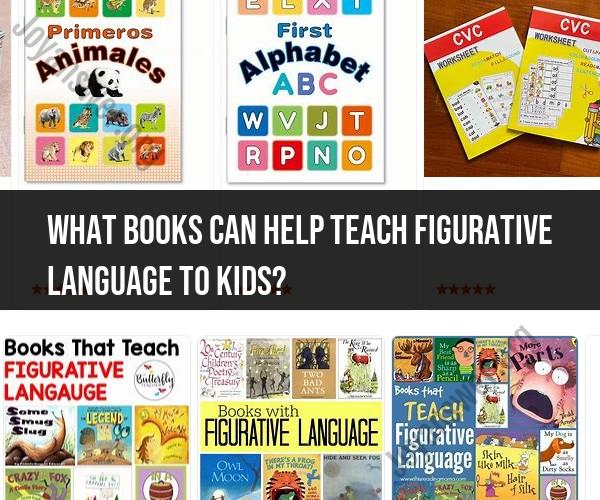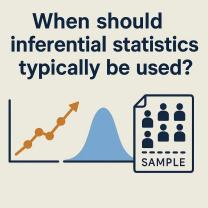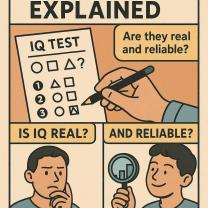What books can help teach figurative language to kids?
Literature is a powerful tool for teaching children about figurative language. By introducing kids to books that feature metaphors, similes, personification, and more, you can help them develop a deeper understanding of language nuances. This article explores the significance of using literature to teach figurative language and recommends engaging books for kids to enjoy and learn from.
Introduction to Teaching Figurative Language Through Literature
Figurative language goes beyond literal meanings, making communication more vibrant and expressive. Introducing kids to figurative language in literature fosters their appreciation for language's creative potential.
The Significance of Using Literature for Teaching
Using literature for teaching figurative language offers several benefits:
1. Contextual Learning
Books provide context for understanding figurative language within narratives, making the concepts more relatable and memorable.
2. Engaging Learning Experience
Engaging stories captivate children's attention, making it easier for them to grasp and retain figurative language concepts.
3. Language Enrichment
Literature exposes children to a variety of writing styles, expanding their vocabulary and encouraging creative expression.
Recommended Books for Teaching Figurative Language
1. "Where the Sidewalk Ends" by Shel Silverstein
This collection of poems features playful language and imaginative scenarios that introduce kids to various forms of figurative language.
2. "My Dog Is as Smelly as Dirty Socks" by Hanoch Piven
Through whimsical illustrations and comparisons, this book introduces similes in a fun and relatable way.
3. "Cloudy With a Chance of Meatballs" by Judi Barrett
This story uses creative descriptions and exaggerations to introduce children to elements of personification and hyperbole.
4. "Crazy Like a Fox: A Simile Story" by Loreen Leedy
A charming story that cleverly incorporates similes, encouraging children to think critically about comparisons.
Benefits of Teaching Figurative Language Through Literature
Teaching figurative language through literature offers numerous advantages:
1. Enhanced Comprehension
Understanding figurative language improves kids' comprehension skills as they decipher deeper meanings in texts.
2. Critical Thinking
Analyzing figurative language encourages children to think critically about language usage and interpretation.
3. Creative Expression
Kids are inspired to use figurative language creatively in their own writing, fostering self-expression.
Conclusion
Nurturing language development through literature and figurative language enriches children's communication skills, cognitive abilities, and appreciation for creative expression. By immersing kids in engaging stories that feature metaphors, similes, personification, and more, you set them on a path to becoming proficient and expressive language users.












